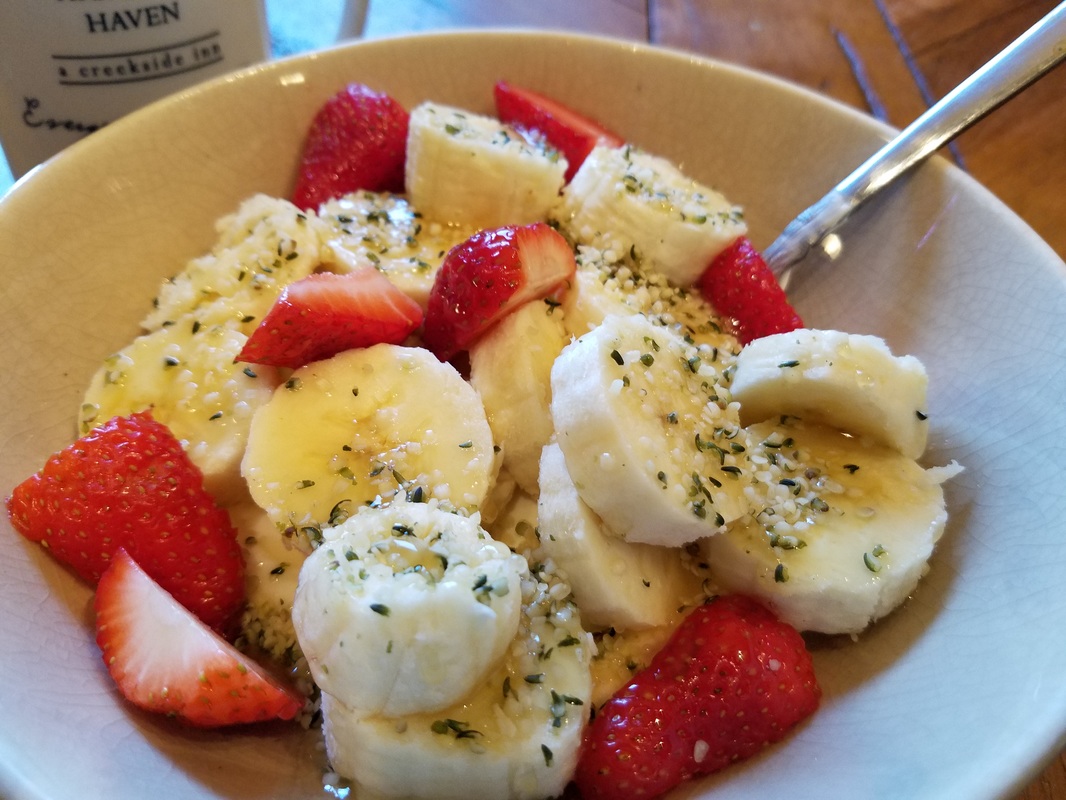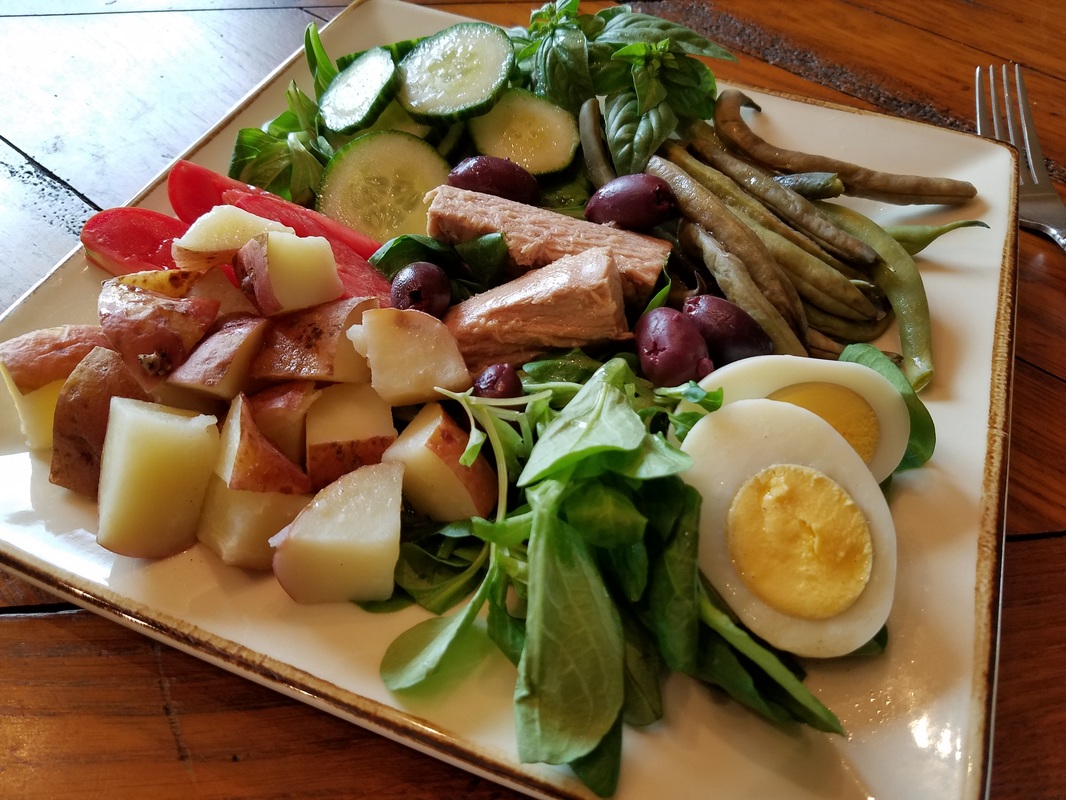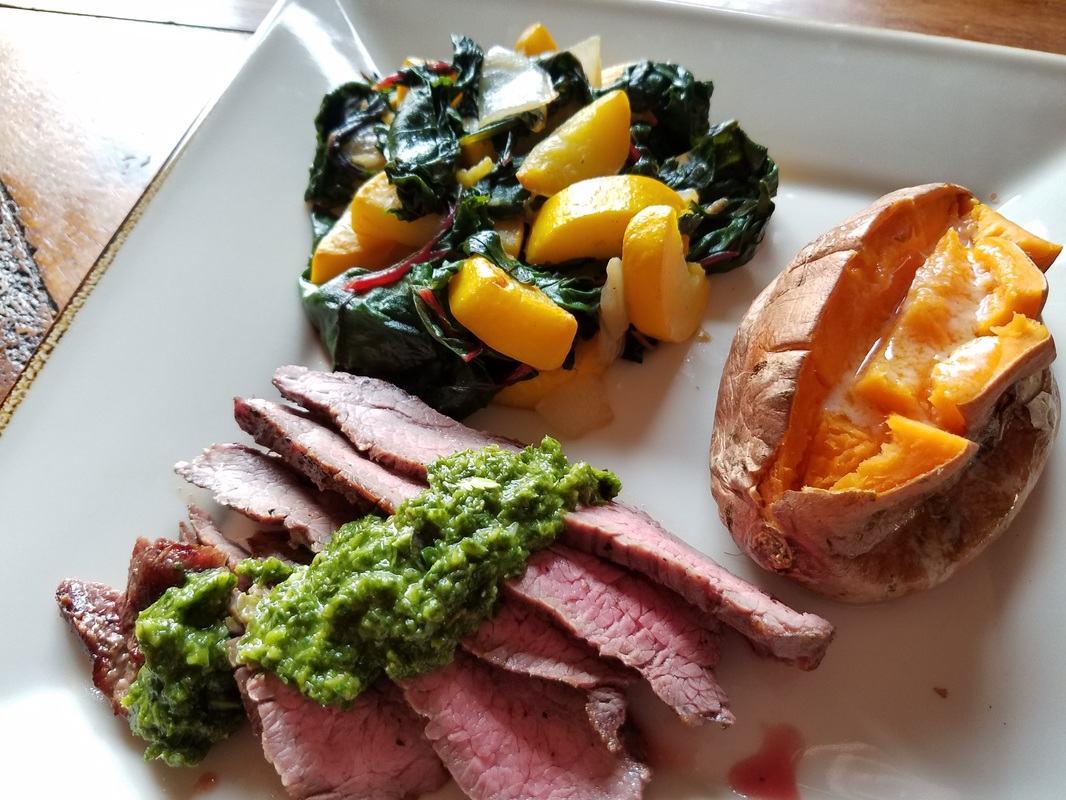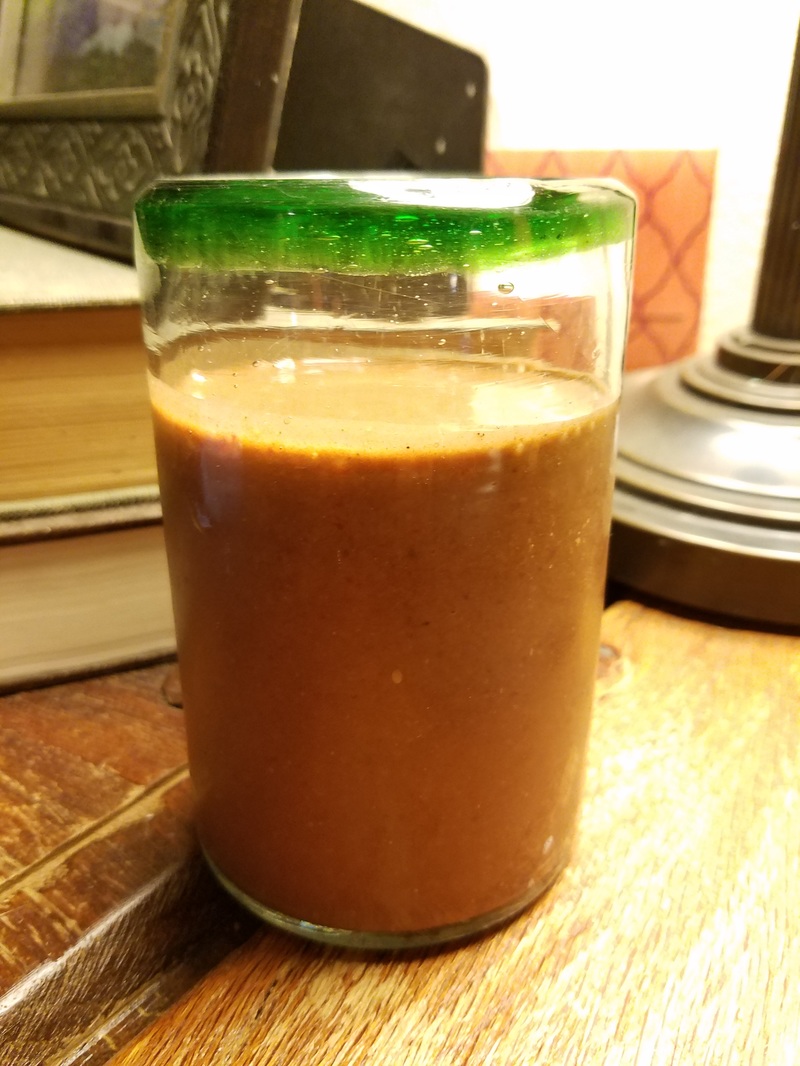Educate. Thrive.Your resource for health and wellness information
|
|
In the female reproductive system, there is a delicate play between Estrogen and Progesterone. The yin and the yang in TCM of the reproductive system; Estrogen is the yin cooling aspect, and Progesterone is the yang warming aspect. Both Progesterone and Estrogen are steroid hormones. Meaning they are made from cholesterol...there it is again. If your body doesn't have enough cholesterol, you cannot make steroid hormones (this includes Vitamin D, which is technically a steroid hormone). Progesterone in Pregnancy & LaborDuring the later part of pregnancy, progesterone is produced by the placenta, aids in the development of the fetus, prevents miscarriage, prevents lactation, and strengthens the muscles of the uterus. An early drop in progesterone is suggested in preterm labor cases. As the placenta begins to age, there is the increased production of CRH. Not only does CRH increase the secretion of oxytocin, but it blocks the production of progesterone. As the progesterone levels go down, estrogen levels go up. Progesterone and Estrogen are not independent of one another. Estrogen secreted by the fetus actually aids in stimulating Progesterone from the placenta during pregnancy. Estrogen in Pregnancy & LaborProgesterone stimulates development of the fetus. As the growing baby get bigger and more mature he/she produces DHEA which is converted to estrogens. The older in gestation the baby becomes, the higher the levels of fetal produced estrogens. Because of this estrogen levels are used to determine fetal development. Estrogen is one of the key hormones of labor. As the labor comes closer, the high levels of estrogens stimulate many different processes necessary for delivery. As the levels of estrogen rise, an increase in oxytocin receptors in the uterus is stimulated, as well as prostaglandins in the cervix. A hormonal signal that labor is imminent is the ratio of high estrogen and dropped progesterone. Estrogen influences the number of gap junctions between muscles cells in the uterus. Gap junctions are the gaps between the muscle cells that transports electrical impulses between cells. It is natural for there to be a growing number of these as the uterus expands and the gestation gets longer. When active labor does begin, these junctions and their electrical impulses will be used to create rhythmic contractions. Estrogen stimulates the enzymes needed to convert Essential Fatty Acids into prostaglandins. Yet another reason for consuming nutritional fats, is that they are the base for the prostaglandins needed. Most of the time when we are talking about Essential Fatty Acids, we are talking about Omega 3 fatty acids, and most of the time they are the most important. In the case of prostaglandins, we need Omega 6 fatty acids. The inflammatory EFA's are converted into PGE and PGF prostaglandins used in cervical ripening. Linoleic Acid is the Omega 6 needed. LA is converted to Arachadonic Acid, and then into the necessary prostaglandins by either estrogen or oxytocin stimulation. Estrogens affect collagen and hyaluronic acid production! (this is super exciting to me, and I want to wait and devote the next section to this subject…eeeeeeee) Xenoestrogens Block Natural EstrogenXenoestrogens are the synthetic, chemical estrogens in our environment. Xenoestrogens look like naturally occurring estrogens. So much so that they can bind to estrogen receptors in the body, but they do not work like the body's estrogens. Instead they gum up estrogen receptors, blocking natural estrogens from being able to enter the cells. This can wreak havoc on the estrogen functions. The cells are signaling that they need estrogen, but not can get in. There is buildup of high levels of estrogens in the body, but no functioning because the receptors are block. This can lead to estrogen resistance disorders, hormone imbalances, and even estrogenic cancers (like breast cancer). In the case of labor, as you have seen, estrogen plays MANY different roles in the processes that lead to and establish natural labor. If the cells of the reproductive system are gummed up with xenoestrogens, then these processes cannot occur in the correct way. Xenoestrogens are found everywhere. They are the estrogens that are spoken of in plastics, like BPA, they are found in insecticides, pesticides, shampoos, body lotions, food packaging, household cleaners, and more. The good news, is that once removed from the environment, the amount found in the body diminishes quickly. So, leading up to labor and delivery, it is a good rule to eliminate as many xenoestrogens as you can by buy natural cleaning and body care products, and organic foods when possible. What's the Deal with Dates?So, many of you have heard that eating dates in the last couple of weeks of pregnancy can lead to better birth outcomes. There is research that supports this. But why and how? Dates are full of nutrients necessary for healthy labor. Their high mineral content helps with cell hydration, molecule transport, and muscle relaxation. Potassium and Magnesium to keep the muscles contracting regularly and not sporadically They contain Omega fats, specifically Linoleic Acid needed for prostaglandin production. It has rich amounts of Vitamin K which helps prevent postpartum hemorrhaging. And, last but not least, it contains high amounts of estrogens that work to stimulate the body the same way that naturally occurring estrogen does. As a food that is rich in sugars and in estrogens, they are prefect for helping synthesize hyaluronic acid in the body. (we are going to talk about this later). More on Linoleic AcidLinoleic Acid is an essential Omega 6 Fatty Acid, meaning we must consume it in the diet. In the body, linoleic acid forms portions of the cell membranes and is used in many processes in the body. It can be converted in (AA) Arachadonic Acid, an inflammatory omega 6 that is necessary for prostaglandin production, as well as the production of Thromboxane (fat based hormones that promote blood clotting). It can also be converted into an anti-inflammatory Gamma Linolenic Acid (GLA), GLA is then converted into other forms of prostaglandins. GLA is found in Evening Primrose Oil. Linoleic Acid has been a hot fat topic in the nutrition world. Mostly in regards to the ratio to Omega 3's in the diet. When the ratio is off, we get more inflammatory responses in the body, and less balancing anti-inflammatory response. During labor, we need both. If there is a balance, then the natural process will do what they need to do. If we consume TOO much Omega 3's we can have a negative impact on the effects of this essential fatty acid. So where can you find LA in your diet? Nuts and Seeds are a good options, specifically Pine Nuts, Almonds, Coconut, Pecans and Brazil Nuts. Other sources are Sunflower and Pumpkin Seeds, Meats, and Grass-Fed Butter (balanced Omega 3 and 6), Can You Take Too Much Fish Oil?If you haven't heart already, you are bound to eventually if you are delivering anytime soon in Fort Collins, that the new standard care for delivery is IV pitocin after delivery of placenta. Why? Because the rate of postpartum hemorrhaging has gone up exponentially of the last decade. What is happening? I have a theory and it has to do with TOO MUCH OMEGA 3. Omega 3 fish oils supplements are all the rage, and for good reason. Growing baby's need plenty of DHA for brain development and mama is going to need it for her own wellbeing and health. But, many woman are taking very large dosages. I had a client tell me that she was taking 5000mg of total omega every day. GOO! I know this is standard for cross fit regimens (as I have heard from some cross fit friends), but in pregnancy it is too much. We are working on a delicate balance of Omega 3 and Omega 6 ratios here. We need Omega 3's to prevent abnormal inflammation in the body, but too much and we inhibit the effects of the Omega 6 fatty acids needed in labor and delivery. One of those functions is the production of Thrombaxanes. These lipid based hormones are NECESSARY for blood clotting. My rule of thumb is to stop fish oil supplements the last couple weeks of pregnancy. Eating Omega 3 rich foods should be plenty at this stage. You can start them again after delivery to make sure that you are getting enough, if you are breastfeed, for your new baby's growing brain. Day 3 Meal PlanBREAKFAST #3: Full Fat Plain Yogurt with Strawberries, Bananas, Hemp Seeds and Raw Unfiltered Honey I have said this over and over in many articles, but please choose full fat dairy. Dairy is full of fat soluble vitamins, among other things. These vitamins NEED fats to be absorbed and used in the body. Without the fat, you are drinking sugar water. Hemps seeds are like most other seeds nutritionally; they have minerals, fats (Omega 3 and 6). I like the flavor, and if you haven't heard my story about how I came about my hemp seeds, please read my previous posts…silly children stories. LUNCH #3: Nicoise Salad I love this salad. It is super easy to put together and super nutrient dense (especially for preparing for labor.) It's got it all….. Tuna for some omega 3's and protein, mache for vitamin c, and K, egg for fats, cholesterol and fat soluble vitamins (a, d, e, k), potatoes for hyaluronic acid production, green beans for more vitamin k, and minerals, tomato for more vitamin c, cucumbers for their hydrating abilities (remember the trick for edema), all coated in good quality Olive oil, lemon juice, salt, pepper, and garlic. DINNER #3: Grilled Flank Steak with Chimichurri Sauce, Baked Sweet Potato with Grass-Fed Butter, and Sautéed Chard and Yellow Squash Labor and delivery is a very trying process on the body, and there will be some level of blood loss. Now is the time to make sure you have enough blood to lose. Iron is super important and consuming a mix of heme and non-heme forms is important. In this meal, we have both (steak for heme, and cooked greens for non-heme). Want the Recipe for Chimichurri? Click Here A LITTLE BEFORE BED SNACK: Coconut Chocolate Sunflower Avocado Smoothie I am by no means a smoothie master, I really don't do them EVER. I will occasionally buy them when out. This one combined Avocado, Dates, Coconut Milk, Sunflower Butter and Unsweetened Cocoa Power Miss a Part in the Series?
Planning Nutritionally for Labor and Delivery Part 1 - Biology of Labor Planning Nutritionally for Labor and Delivery Part 2 - Oxytocin "the Love Hormone" To Contintue... Planning Nutritionally for Labor and Delivery Part 4 - Cervical Ripening Planning Nutritionally for Labor and Delivery Part 5 - More Than Just Progression Planning Nutritionally for Labor and Delivery Part 6 - Probiotic Health Planning Nutritionally for Labor and Delivery Part 7 - Top 10 Foods for Labor and Delivery
5 Comments
1/29/2020 06:11:36 am
Great read...
Reply
Britney
7/23/2024 07:39:53 pm
NATURAL HERBS IS THE REAL DEAL IN CURING HERPES-1&2, HIV/AIDS, HPV AND CANCER...Contact Dr Osato to get the natural herbs to cure yourself from that horrible disease/virus. I got the herbs from Dr Osato and I made use of it with the instructions he gave to me on how to use the natural herbal product, after usage I went for a checkup and my result was Negative and all the symptoms of herpes were completely gone from my body. I was cured from herpes-1&2 after using Dr Osato natural herbal medicine. You can contact Dr Osato on his email: [email protected] or WhatsApp +2347051705853 to get the herbal medicine from him and his website is https://osatoherbalcure.wordpress.com.
Reply
mark hold
7/4/2024 05:44:45 pm
One faithful day as i was watching a video on you tube i saw a comment of one MR PAUL HAVERSACK testifying of this great herbal healer doctor Moses Buba, That helped him enlarge his manhood .i was shocked and happy, so i quickly visited his website and emailed him within 30 mins he got back to me and told me all i need to buy and i did so after 4 days i received his herbal medicine ,he gave me instructions on how to use it ,as i am speaking to you people now after using the cream for just two weeks my manhood size is 10 inches long and 8.0 girth ,,am so happy and grateful for his work in my life thank you so much Doctor Moses buba ,,i also learnt he has cure for LOW SPERM COUNT,PREMATURE EJACULATION,ERECTILE DYSFUNCTION,HIV/AIDS VIRUS,DIABETES 1/2,HERPES DISEASE, CANCER, and lots more
Reply
Cheryl
7/11/2024 07:46:15 pm
My name is Cheryl Floyd. I am the happiest woman on the face of this earth. I am happy because of this man, a great spell who made my dreams come true. This is the handwork of Doctor Odunga. I contacted this man to help me save my marriage. My husband and I have been living without a child for 17 years and this has made me sort help in spells. I contacted Doctor Odunga and only him out of three spell casters did his work for me within 48 hours as he promised and I became pregnant with twins. I have been wanting to write this testimony for so long now when I became pregnant but I waited for the babies to be delivered and I am now a mother of twins, a boy and a girl. What else are you waiting for? Do you want a spell for pregnancy and solve fertility problems? Contact Doctor ODUNGA now at Email: [email protected] OR Whats App/Call +2348167159012 and he will talk to you directly.
Reply
Britney
7/23/2024 07:40:15 pm
NATURAL HERBS IS THE REAL DEAL IN CURING HERPES-1&2, HIV/AIDS, HPV AND CANCER...Contact Dr Osato to get the natural herbs to cure yourself from that horrible disease/virus. I got the herbs from Dr Osato and I made use of it with the instructions he gave to me on how to use the natural herbal product, after usage I went for a checkup and my result was Negative and all the symptoms of herpes were completely gone from my body. I was cured from herpes-1&2 after using Dr Osato natural herbal medicine. You can contact Dr Osato on his email: [email protected] or WhatsApp +2347051705853 to get the herbal medicine from him and his website is https://osatoherbalcure.wordpress.com
Reply
Leave a Reply. |




 RSS Feed
RSS Feed